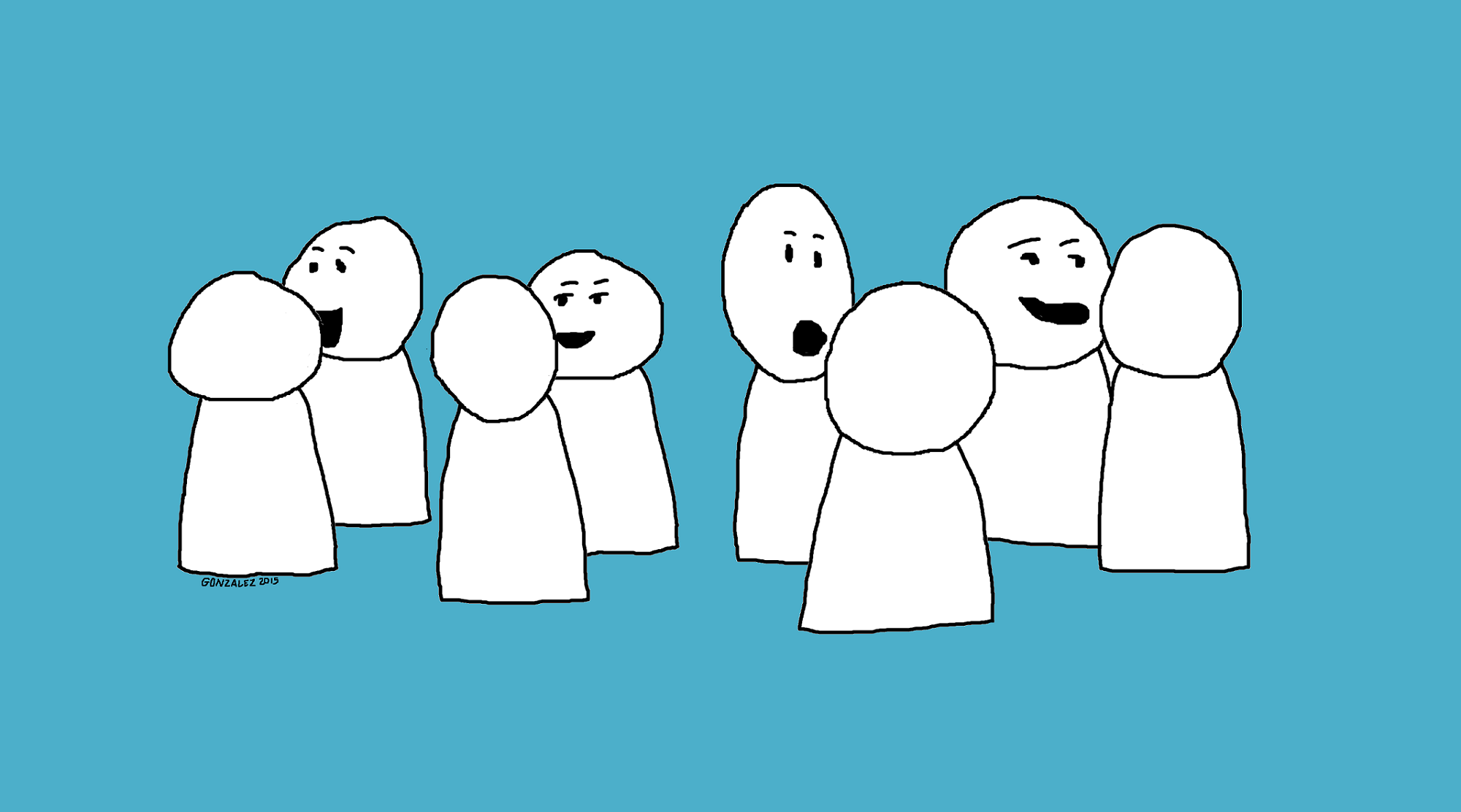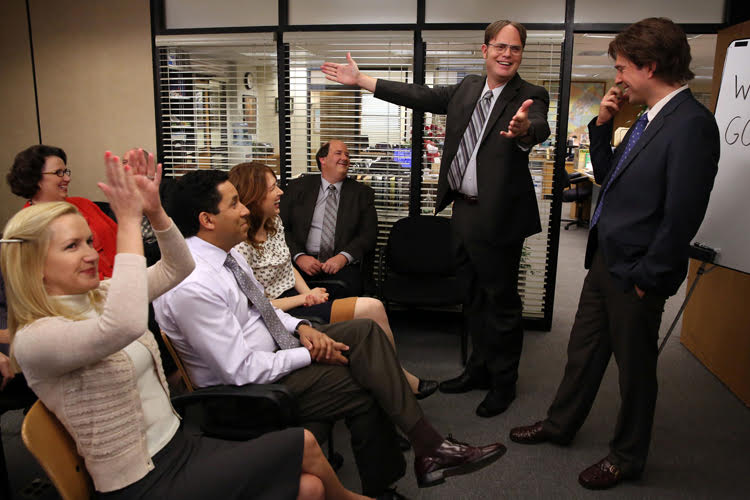In this 2-part blog series, we discuss the similarities and differences between our experiences with middle school and professional populations as it relates to the effect that their work environments have on work productivity, happiness and overall success.
Our organization is focused on personal development, leadership training, conflict resolution and team building. We serve a population of individuals with 5th graders on one end of the spectrum and executives of Fortune 100 corporations, internationally recognized not-for-profits and NGO’s, on the other.
Let me just summarize by saying that on many days we cannot tell which end of the spectrum we are on. That is to say that people, regardless of age and experience, have similar reactions to certain situations and stimuli. The big difference is cynicism; 5th graders generally don’t have it yet, and as such, seem to perform better in teams, react less negatively to failure, and generally have fun with challenges.
The good news is that the energy, optimism, authenticity and creativity of a 5th grader are still characteristics of most adults. Sometimes we just have to work harder to bring them back to the surface.
There is one constant among the entire population though; they are all affected by their environments, both negatively and positively.
Taking it to the Organization
As I mentioned in part one, some days it is hard to tell which population we are working with. In part this is because the basic process, tactics and activities we employ are similar for both student and professional groups. We break programming into the same basic blocks:
1. Orientation and Onboarding (6th Graders and New Employees)
The biggest challenges facing incoming 6th graders are the dramatic changes in the academic process (more subjects, teachers and classroom) and a brand new set of students. Our workshops at this level are designed primarily to facilitate introductions between students and build familiarity. They involve icebreakers that get new students talking to each other and engaging in a group process.
Our games and simulations are designed to promote problem solving as a team and managing change, all while giving students more time with each other and creating a shared experience. Administrators and teachers benefit from observing the interaction between students and identifying potential leaders, outliers and perhaps, seeing cliques beginning to form.
Similarly, we work each year with large groups of new hires and/or employees that are joining an organization or forming a new department or function. It is always interesting for me to observe both 6th grade orientation and an onboarding event in the same week; the similarities are amazing.
First, people are jockeying for position from “Good Morning”, trying to understand who the influencers are and making themselves known to them. There’s always the “comedian” with attention-getting quips, and the disengaged people who are too cool for school. The “tell me the objectives and rules again (for the fifth time)” and the “I’ll push the boundaries of the rules until I’m caught” people are almost always in attendance. And so the 6th grade “antler dance” begins as people ease their ways into position in the group.
Working with new hires during onboarding is no different. We are helping individuals get oriented to their new groups, helping managers set the tone for their departments, and having fun. Like school personnel, managers have an opportunity to size up their group, see who the potential leaders are and who might need more attention.
2. Group Process and Teamwork (7th Graders and Tenured Employees)
If 6th grade was about surviving during the day and completing homework with less support from parents and teachers, 7th is about learning to work in teams, and adapt a more collaborative learning experience. The need for teamwork increases dramatically.
Similarly, new hires spend a relatively large percentage of their first 12 months acclimating to a new work environment, getting a handle on their work assignments and hopefully becoming a productive member of the professional community. About one year in, many employees and established work groups begin to lose some steam as the newness of their experience fades and the slopes of their learning curves flatten. We find that this is also the point when morale levels can begin to erode, and less productive and sometimes divisive behaviors develop in individuals and small groups.
In the 7th grade, our programming evolves and increases in complexity. Activities are still about a shared experience because this always helps cohesiveness and breaks down social barriers, but we raise the stakes in the areas of critical thinking, group processing and teamwork. As an interesting aside, our team observes a noticeable increase in cynicism, and decrease in optimism, playfulness, and willingness to take risks in the same students that we worked with the year before in the 6th grade.
Our facilitators encourage a period of planning, practice and idea sharing before each round of a challenge. This helps engender an atmosphere of collaboration when students face group challenges. During debriefs, we discuss topics like learning through trial, the frustration of not having everyone on board, and the comparison of the feeling that a challenge is insurmountable to the feeling of success once completed. The best teachers spend the time we are with the kids, observing their behavior, identifying personality and workstyle traits of students, and learning group management, conflict resolution and new disciplinary strategies from our facilitators.
When working with middle managers and their reports, we find our work almost always focuses on bringing teams back together, helping breakdown intra-department communication barriers and injecting energy back into groups. We focus a lot more time on debriefing here with the goal of identifying key pinch points in communication and/or in the process that can be translated directly back to their work environment. The best managers spend this time like the best teachers, observing the interactions of their direct reports, and tweezing out the telltale signs of opportunities to adjust their management and communication styles to help the group be more productive and happier.
3. Resilience, Mentorship and Succession (8th Graders and Senior Managers)
8th graders are at the top of the heap in Middle Schools. Many have gained notoriety for sports, student government, theatre arts and music, and they soak up the envy of their underclassman. But there is a lot more going on in the 8th grade. Sports and other extra-curricular activities as well as a more complicated social dynamic vie for time spent on homework and just being a kid.
Eighth graders are like miniature professionals, already balancing far more priorities than ever before in history and they are stressed! To make matters even worse, there is a big disruption lurking on the horizon; High School. They are about to be stripped of their seniority, athletic dominance, and potentially even their popularity and place in the pecking order. As a group, these students are more tightly wound, display a higher level of dissatisfaction with the school/life balance and seem less comfortable with collaboration than they did a year earlier.
Senior managers oftentimes face similar stress points as they move up through an organization vying for an ever decreasing number of positions. Just around the same time, many need to dedicate more time to growing families, and outside professional & community activities. (Oh, and as the research shows, spending a bit more of their time tuning up their resumes!). In conversations with individuals at this next level, we perceive a general decline in job satisfaction, increase in stress levels generated by, among other things, greater demands from above, job security and frustration with the productivity of their direct reports. Life/work balance seems to be of much greater concern.
This might be the point where we see the most crossover between the groups. In fact, in many cases we deploy the same basic strategies and tactics/activities when working with these groups. Obviously, the context and level of complexity are different, but the objectives are the same.
Get people talking, identify the most critical pinch points/frustrations, introduce a mentoring process (coaching the coach), discuss the importance of preparing others to succeed you as you move up through the organization (in part by addressing the fear of being replaced) and illuminate the need for increasing resilience.
Bring out the 5th Grader
We believe that so much of what is wonderful and powerful about 5th graders, begins to be washed out in middle school and is in many cases, nearly completely suppressed by the time they become established professionals. So, we commit ourselves to continuing to demonstrate that the right environment in school and at work, makes true personal and professional success possible. We will continue to argue that environment is not just about competitive compensation, a cool office, and free amenities. But, instead that it is dependent on clear two-way communication between the organization and all employees, as well as a management style that encourages employees to let their optimistic, resilient, authentic, creative and fun inner 5th graders hang out!
Like what you read? Share it with your colleagues!





















